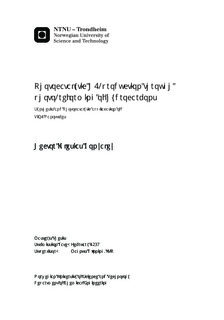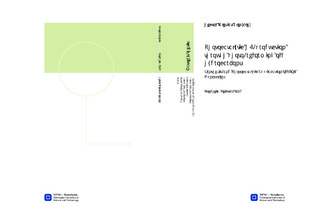| dc.description.abstract | The main purpose of this Project is the study of the photocatalytical process of reforming alcohols in order to produce Hydrogen, using TiO2 nanotubes as a precursor of the catalyst, and Copper as the electron transfer metal that coats the support.
The TiO2 nanotubes were prepared using the hydrothermal synthesis method, which consist in nanotube formation parting from P-25 TiO2 powder in a NaOH 10M solution stirred and set at 110ºC. After that the product followed a washing process via centrifugation, being the main purpose of that procedure the neutralization of the ph and the proper formation of the nanotube structure in our catalyst. Before centrifugation, other alternative processes were tried without success.
The BET analysis done on the precursor revealed that the surface area was higher than the P-25 used in the synthesis but still relatively low compared to the values found in literature. This was mainly attributed to the washing process nature, and the poor control over the temperature during the hydrothermal synthesis.
The Catalyst was prepared using the Incipient Wetness Impregnation method coating the precursor with Copper. The Copper loading was 5% weight of the catalyst.
The reactions were performed in a photoreactor, and the wavelength selected for the UV irradiation of the reaction mix was UVC, and the alcohol selected to be reformed was Methanol.
Since the concentration of MeOH in the reactor was fixed at 50%vol, the only parameter that was changed was the total mass of the catalyst in the reactor. The experiences that were made involved catalyst mass of 100, 150, 200, 250 and 300 mg.
The experiments with 150, 200 and 250 mg of catalyst load, led to a very small hydrogen production after 8 hours of reaction time. The hydrogen flow produced was detected by the Chromatographer but couldn t be quantified.
For the reactions with 100 and 300 mg of catalyst mass, no hydrogen production was detected in 22 hours of reaction time. This experience could be used to establish the borders of the efficient quantity of catalyst powder in the reactor for the hydrogen production. | |

